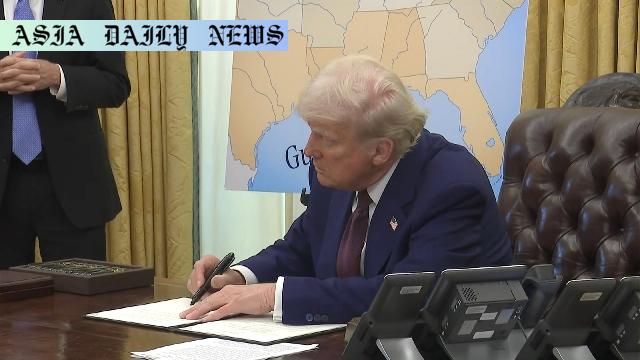reciprocal tariffs – US President Donald Trump signed a plan introducing a reciprocal tariffs scheme to combat unfair trade barriers.

Understanding Trump’s Reciprocal Tariff Plan
President Donald Trump recently signed a plan to introduce a reciprocal tariffs scheme, creating a significant shift in US trade policy. The underlying rationale for this initiative lies in addressing disparities caused by foreign tariffs, export subsidies, and non-tariff trade barriers. Trump stressed that these measures are a response to what he perceives as the unfair treatment of the United States in the global trade arena.
What Are Reciprocal Tariffs?
Reciprocal tariffs are a strategy where the US imposes tariffs equivalent to those levied by other nations on American goods. This approach ensures that no country disproportionately benefits from trade by placing higher duties on American exports compared to what the US applies. In essence, it seeks to level the playing field in international commerce.
The Motivation Behind the Policy
For years, the President argued, the US has operated under unfavorable trade conditions. Many countries impose high tariffs or have restrictive trade policies that hinder US businesses. According to Trump, this new initiative aims to bring balance and fairness back into the economic system. He also highlighted that countries unwilling to reduce their tariffs on US products should expect reciprocal measures in return.
Addressing Non-Tariff Barriers
The reciprocal tariff approach also targets non-tariff barriers. These include policies or regulations that limit US businesses from entering foreign markets or competing fairly. Whether through complex licensing requirements, restrictive standards, or outright refusal to let companies operate, these barriers create significant disadvantages for American enterprises.
The Impact on Global Trade
The implementation of reciprocal tariffs could recalibrate the dynamics of global trade. While proponents argue it is a much-needed step towards fairness, critics fear it may lead to retaliatory measures from trading partners, potentially escalating into trade wars. Regardless, the policy demonstrates President Trump’s commitment to pursuing what he perceives as fairness and equality in the global economic arena.
How This Affects US Businesses
US businesses are set to benefit from the policy, particularly those facing unfair competition due to high foreign duties or non-tariff restrictions. Equalizing the tariffs could allow American companies to price their goods more competitively in international markets, thereby enhancing their global presence and profitability.
Trump’s Vision for Economic Prosperity
The bigger picture behind this policy is economic prosperity for the United States. Trump believes that removing unfair trade practices will not only benefit businesses but also trickle down to workers and consumers. By ensuring that US goods face fewer obstacles abroad, the policy aims to create more jobs and stimulate economic growth domestically.
Criticism and Potential Challenges
Critics of the plan warn about the potential for escalation into broader trade disputes. Some argue that reciprocal tariffs counter the principles of free trade, potentially harming global economic relations. Additionally, implementing and enforcing such measures could become resource-intensive and complex.
Conclusion: A Controversial but Bold Approach
President Trump’s reciprocal tariff plan is bold and controversial. While the policy aims to create fairness in global trade, its success will depend on how trading partners react and whether it fosters meaningful change or escalates tensions. As the plan unfolds, it will undoubtedly leave a lasting mark on US trade policy.
Commentary
The Push for Trade Fairness
President Trump’s reciprocal tariffs policy attempts to address longstanding grievances about the US being treated unfairly in global trade. While the notion of fairness resonates strongly, especially with domestic industries and workers, the implementation and impact of the policy remain contentious. Balancing global trade fairness without triggering retaliatory measures is no small challenge.
Balancing Domestic and Global Perspectives
From an American perspective, the policy is a step toward protecting and advancing the interests of US businesses and workers. However, in the interconnected global economy, policies like this often have ripple effects. Other nations may perceive it as confrontational or protectionist, potentially leading to unintended economic consequences for both the US and its trading partners.
The Need for Diplomatic Nuance
One of the key challenges with the reciprocal tariffs plan is ensuring that it is enforced with diplomatic nuance. Striking a balance between asserting US interests and maintaining healthy trade relationships is critical. While the policy has its merits, its true test lies in whether it fosters improved trade dynamics rather than escalating conflicts.
Looking Ahead
As this policy unfolds, it will be essential for policymakers, businesses, and trade analysts to closely monitor its effects. Will it truly bring fairness and prosperity as envisioned, or will it ignite trade wars that could harm the global economy? Only time will tell, but one thing is certain: the concept of reciprocal tariffs has placed the issue of trade equity firmly in the spotlight.


